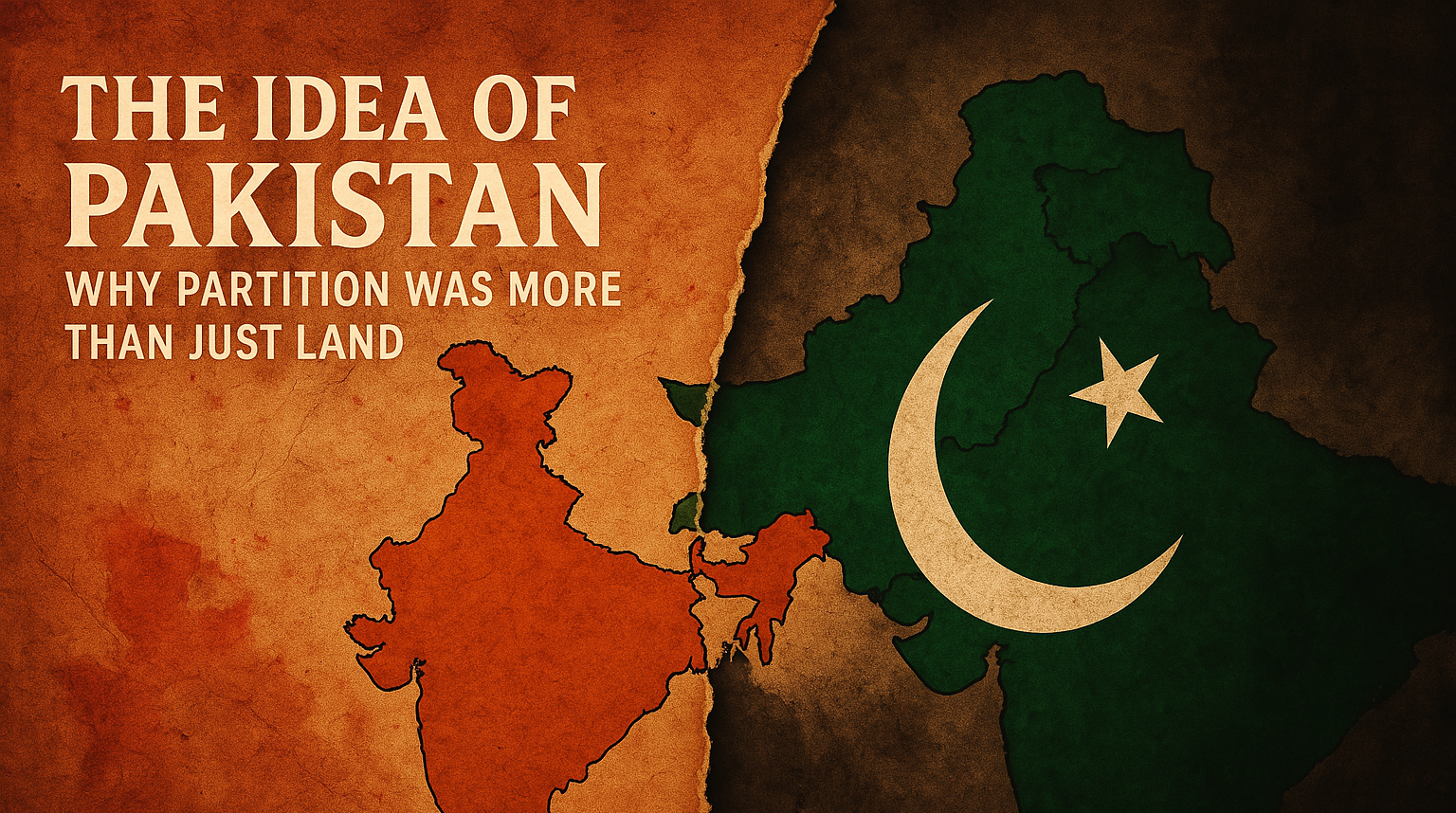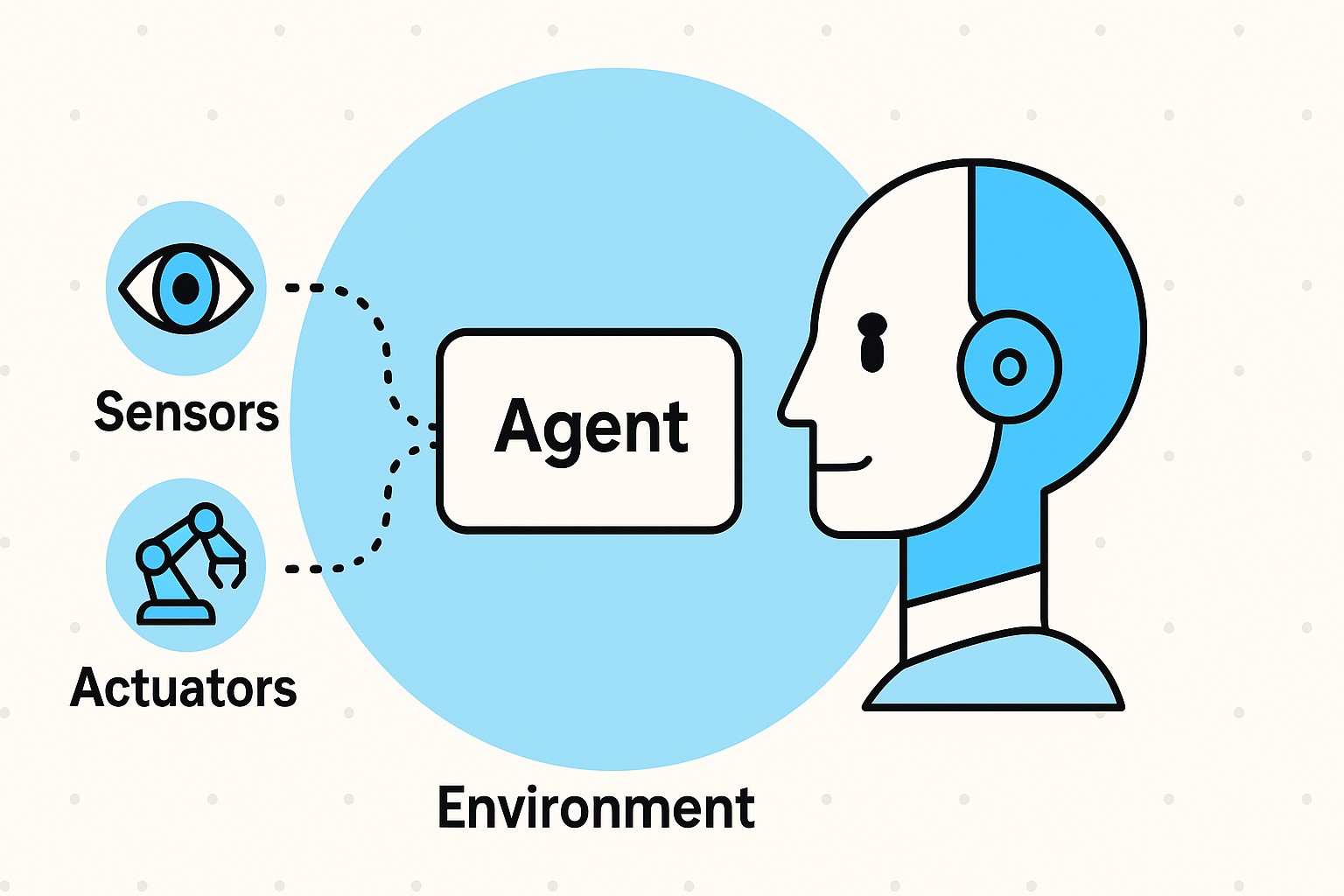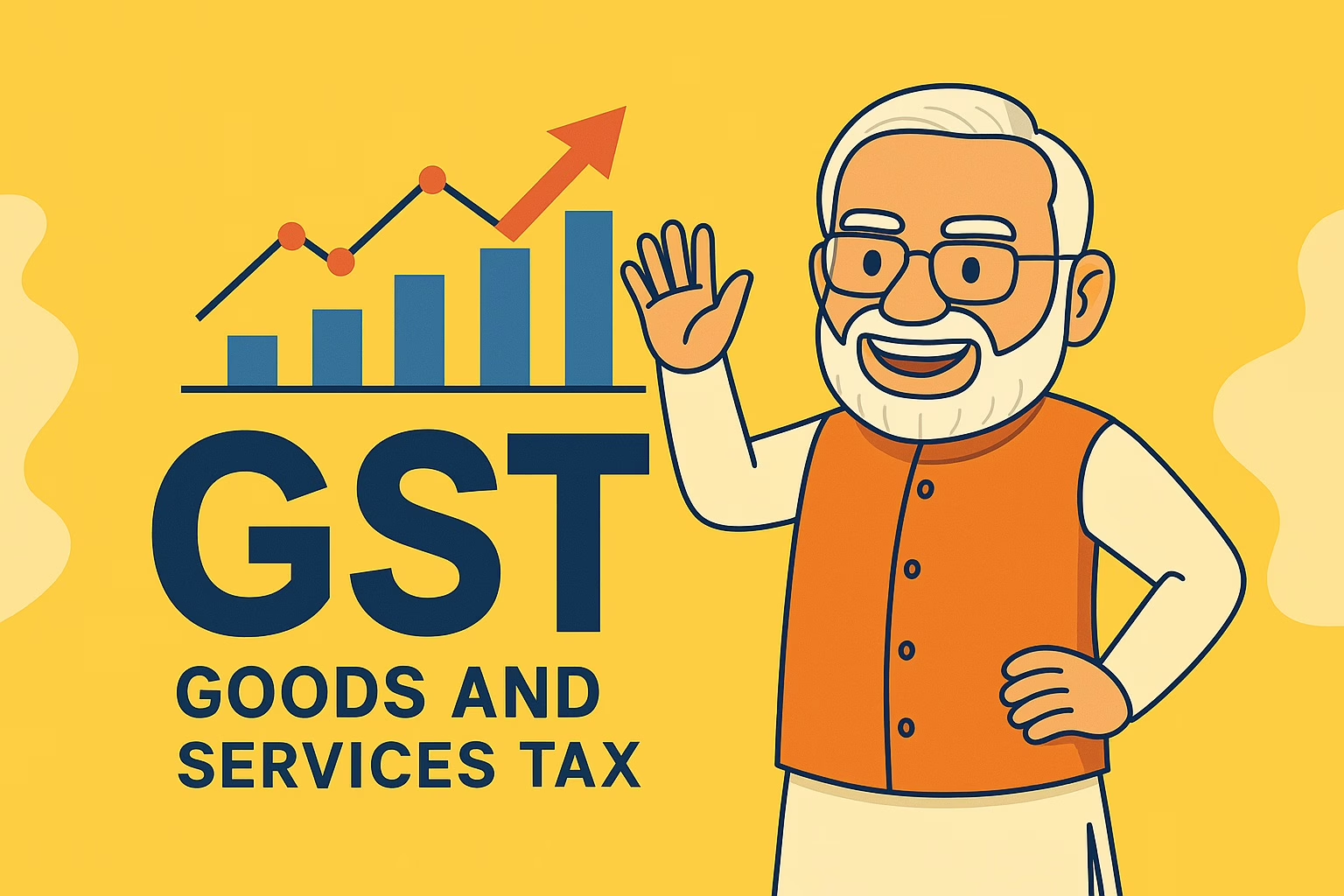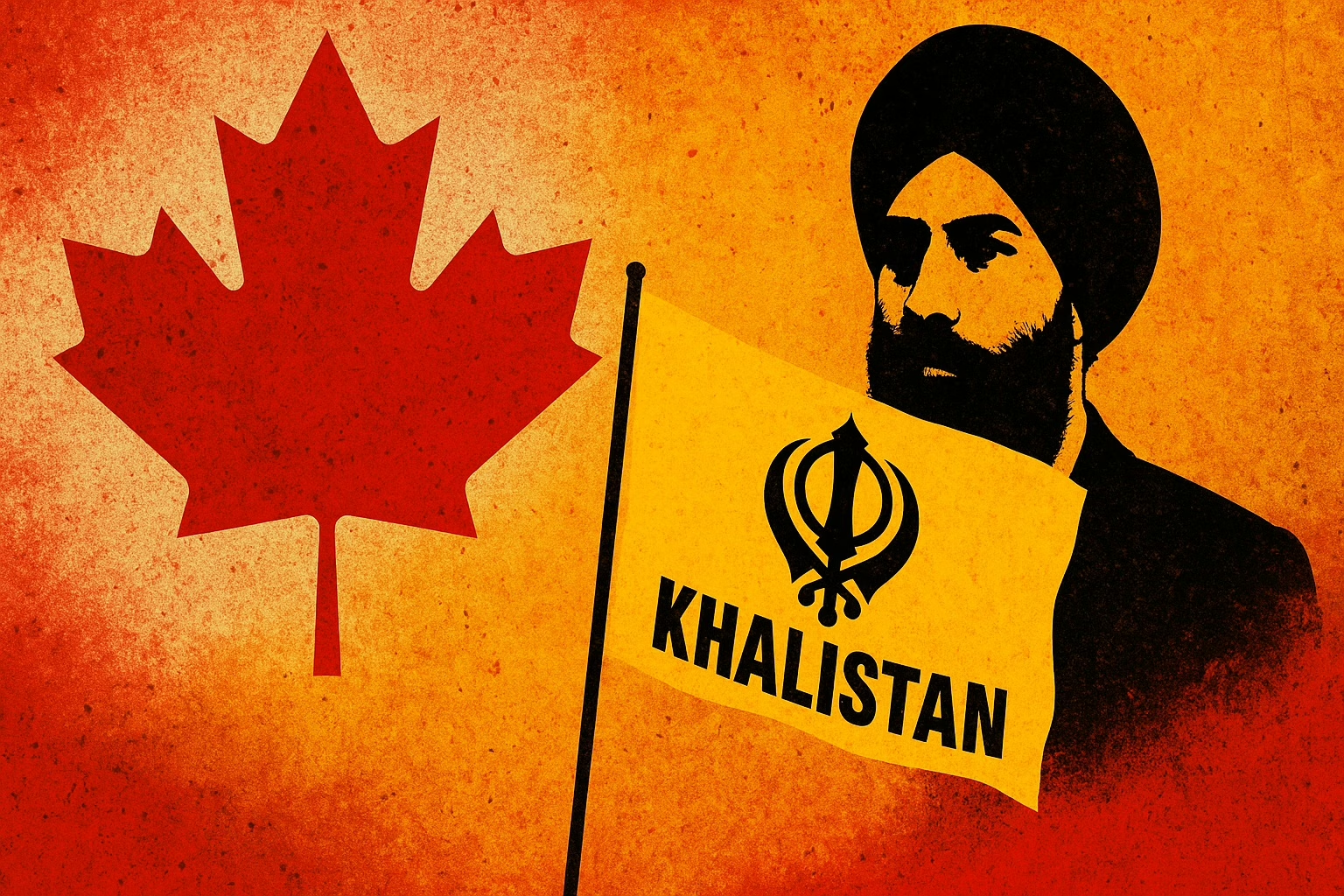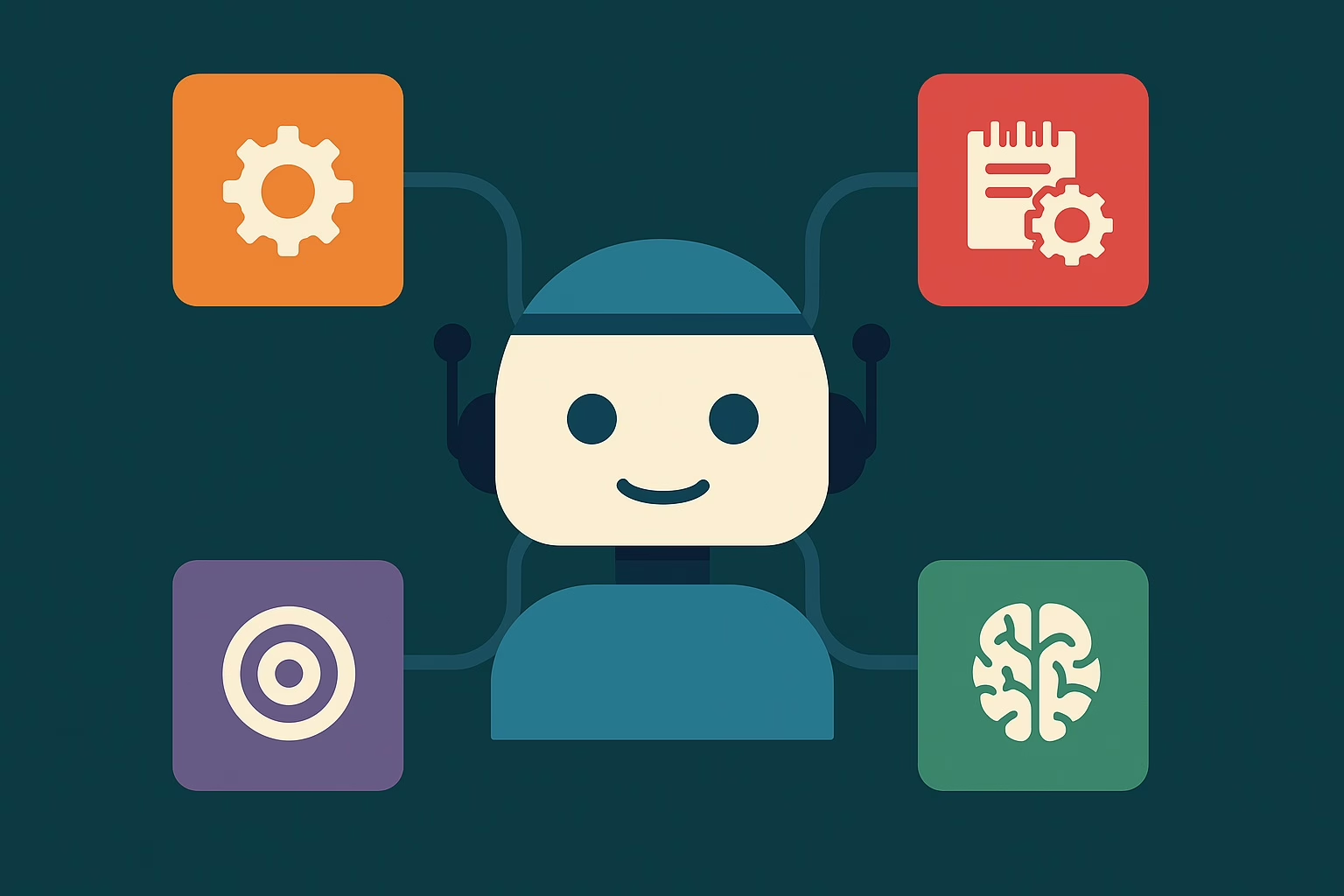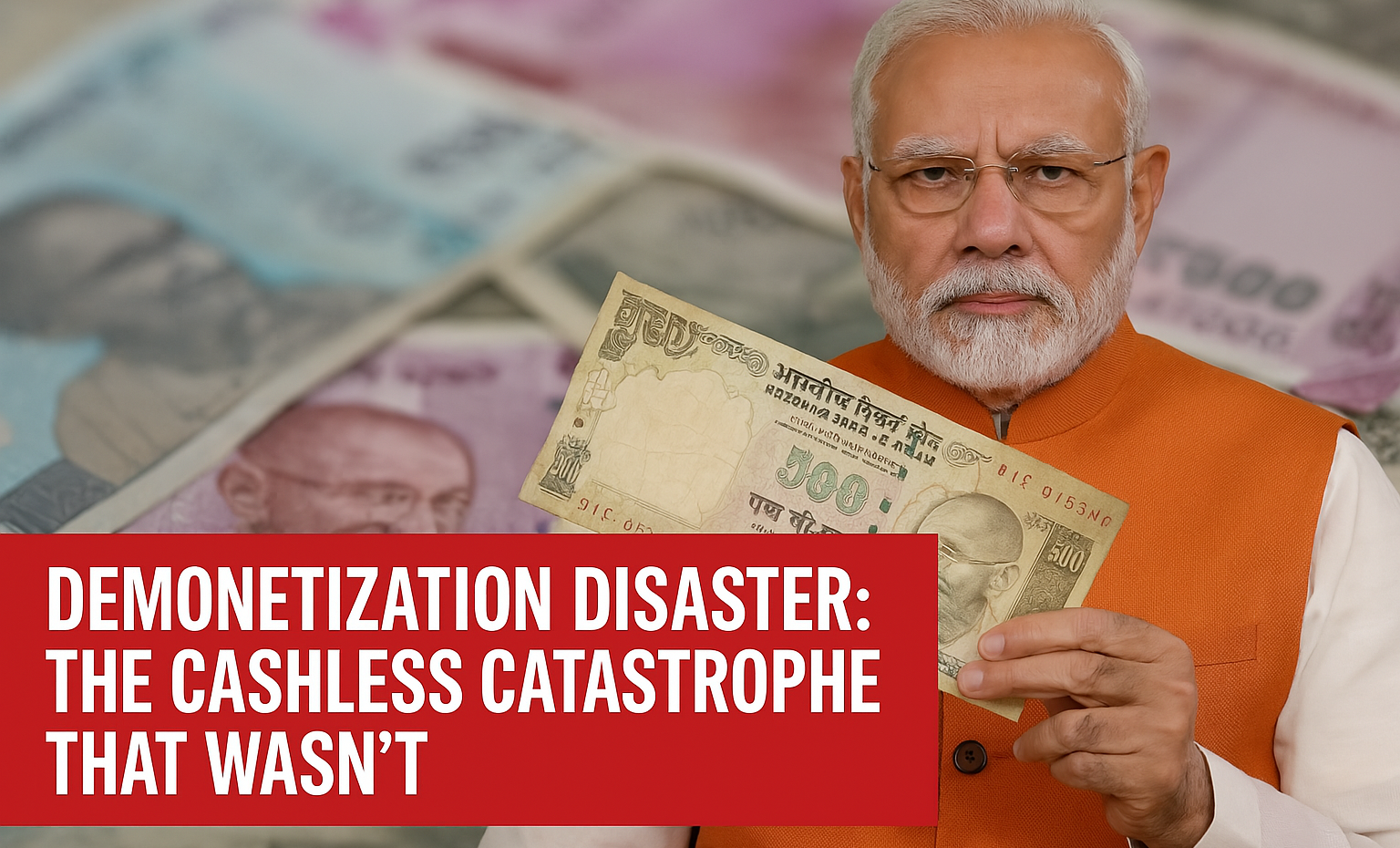It was a quiet Tuesday evening in November 2016. Families were settling in with their evening chai, shopkeepers were closing shutters, and cash was still king. Then came the televised thunderbolt of the demonetization disaster.
In a nation of over a billion people, ₹500 and ₹1000 notes suddenly had the value of Monopoly money. Panic followed. So did the queues. Endless, serpentine queues at banks and ATMs. Grandmas rushed to deposit kitchen cash, weddings got postponed, and some reportedly paid barbers via onions.
India had just woken up to what many instantly labeled the Demonetization Disaster.
At first glance, it seemed like a masterclass in economic chaos. ATMs ran dry, businesses gasped for liquidity, and WhatsApp lit up with PhDs in macroeconomics. Even Hollywood wouldn’t have dared to write such a script.
But then, just like any good plot twist, something happened.
The Great Indian Panic… or Plot?
There were chants of “This is the end!” and “Modi has killed the economy!” Across drawing rooms and TV debates, the word “blunder” became synonymous with demonetization. The economy, critics said, would collapse harder than a Bollywood remake of a Korean drama.
Yet, in the midst of the nationwide meltdown, something peculiar emerged. Mobile wallets began buzzing. UPI QR codes popped up like wild mushrooms. The paanwala who once didn’t have change for ₹20 was suddenly accepting Paytm. Kirana stores installed card machines, and tech-savvy rickshaw drivers were sending Google Pay links.
The Demonetization Disaster, it turns out, also triggered a fintech awakening.
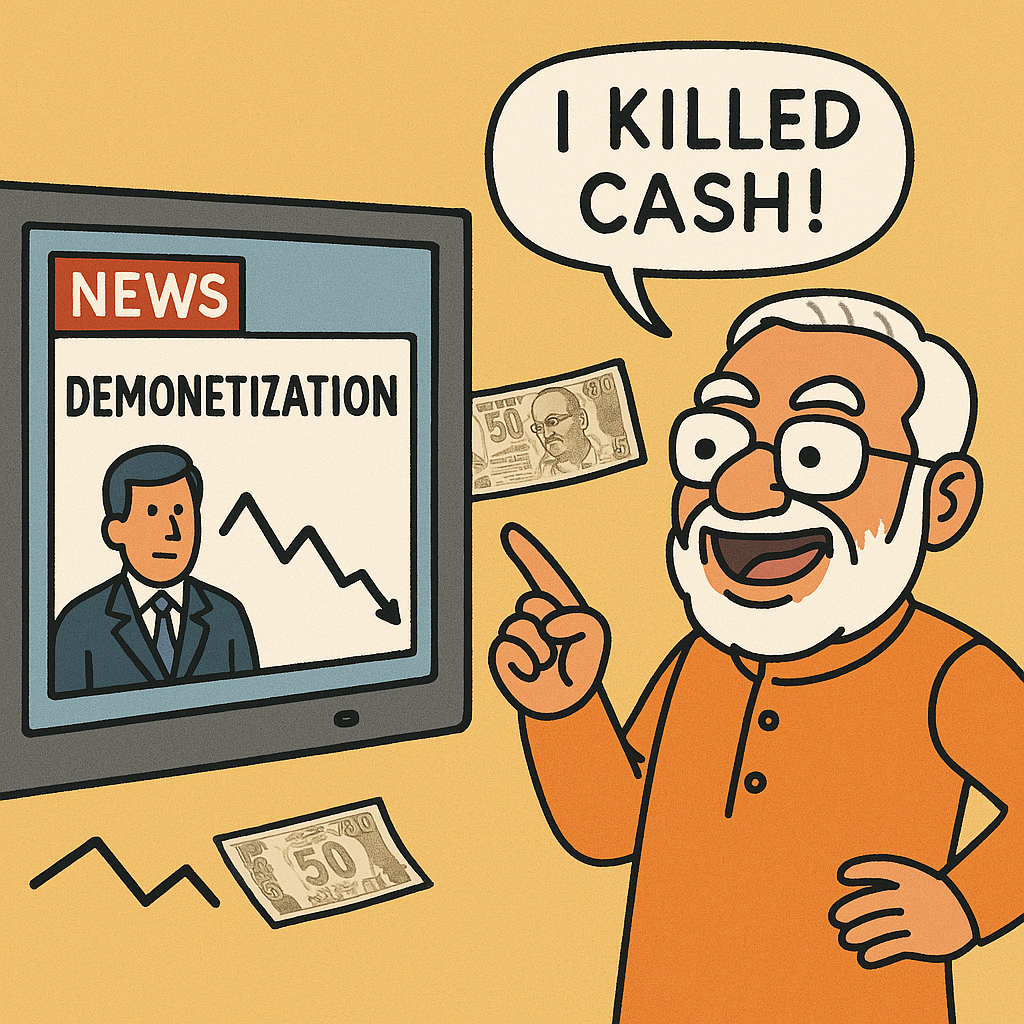
From Chaos to Cashless: Was the Demonetization Disaster a Fintech Awakening?
In the months that followed:
- Digital payments exploded. UPI transactions rose from 92,000 in 2016 to 93 billion in 2024.
- By 2022, India accounted for 46% of global digital transactions, ahead of China and the U.S.
- Rural digital adoption soared, especially in Tier 2 and 3 cities, where cash was once culture.
Sure, it wasn’t all smooth. But like any detox, it was painful before it got cleaner.
Formal Economy: From Shadow to Spotlight
Before 2016, much of India’s economy ran in the shadows. Demonetization was the government flipping the switch—and what it revealed was staggering.
- The income tax base doubled between 2014 and 2023.
- Over 2.24 lakh shell companies were struck off.
- Small businesses began formalizing, registering employees, and—dare we say—filing taxes.
The critics said it didn’t catch black money. What they missed was that it caught the black economy itself.
The Knockout Punch to Counterfeiters
Ask anyone in the intelligence community. Fake currency, largely smuggled through Pakistan and Bangladesh, had become a silent cancer.
Demonetization vaporized that pipeline overnight.
- Counterfeit ₹500 and ₹1000 notes—nearly 90% of all seized fake currency—were rendered useless.
- The new designs came with enhanced security features.
- ISI operatives had to go back to the drawing board—and India got a breather.
Turns out, the “blunder” cost fake note smugglers their business model.
Demonetization Disaster and Real Estate Transparency
If you’ve ever bought a flat pre-2016, you know the dance—”cash this much, cheque that much.” Post-demonetization?
- Real estate transactions in major cities moved toward white money.
- Transparency and accountability saw a sharp uptick.
- Benami property seizures skyrocketed, with over ₹49,000 crore in assets attached.
Critics screamed about falling prices. But for the middle class, houses just got a little more affordable. And a lot more legal.
It Wasn’t Pain-Free—But It Was Purposeful
Yes, GDP growth dropped temporarily.
Yes, small traders and daily wagers bore the brunt.
Yes, the communication could have been better.
But let’s not forget:
- India recovered its growth trajectory by 2018.
- The pain led to permanent structural benefits.
- And in 2020–2021, when COVID-19 paralyzed global economies, India’s robust digital ecosystem—built on the ruins of demonetization—kept things running.
As they say, you can’t rebuild without demolition.
Global Admiration, Local Irony
The world noticed what India did.
Bill Gates called India’s digital finance transformation “the most advanced in the world.”
The World Bank labeled it “a model for developing economies.”
And still, in Indian WhatsApp groups, people were busy posting pictures of empty ATMs from 2016.
Sometimes, it takes a little international applause to get your own house to clap.
Rethinking the Demonetization Disaster: Still Debated, Still Decisive
Years later, the term Demonetization Disaster is still hot in political circles. Modi supporters may flinch at it, Modi critics celebrate it—but the facts, as they unfold over time, tell a more complex story.
A story where disaster became disruption. And disruption led to transformation.
🎯 Final Thought:
Demonetization was like a bitter Ayurvedic medicine. Tastes awful. Works slowly. But by the time you realize it helped, you’ve already stopped complaining.
The real tragedy of demonetization? It worked—but not in the way anyone expected.
So the next time someone dramatically whispers “Modi’s biggest blunder…” just smile and say,
“Ah yes, the one that digitized a billion people.”
🚀 Curious how disruption really works?
If you’re fascinated by systems that think, act, and learn—just like India did during demonetization—
dive into the world of AI Agents 👉 AI Agents Explained: How They Think, Act, and Learn
It’s time to upgrade your operating system.



